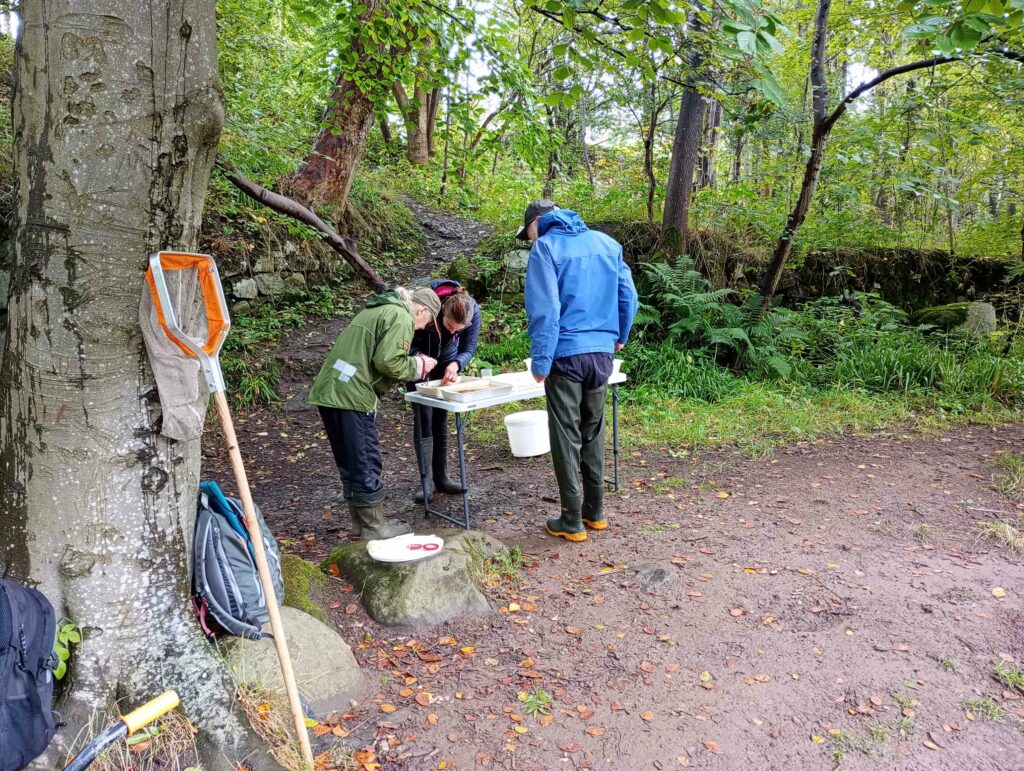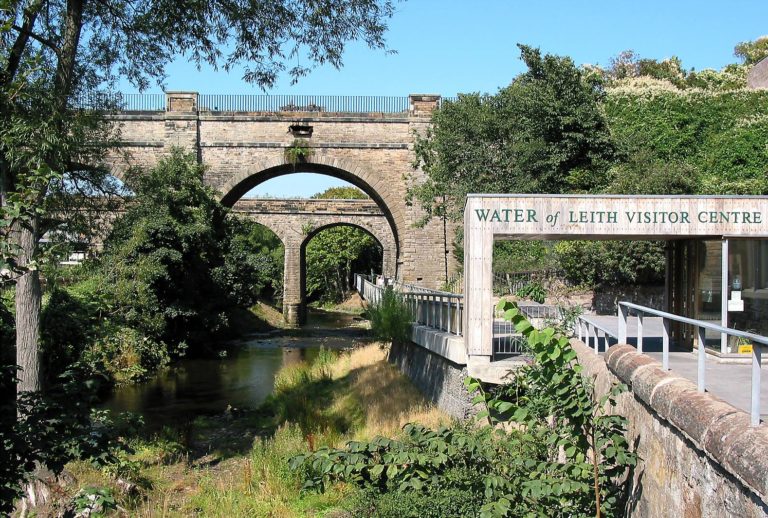The Water of Leith Conservation Trust began Riverfly sampling in May 2023. After some provisional monitoring and sampling at various different sites, 4 locations were chosen to enable consistent monitoring and to provide a baseline set of reliable results over 6 months from which to build a robust and valid sampling schedule that can be replicable over coming months and years.
The Riverfly sampling scheme provides an insight into water quality in real time, gives evidence of pollution events occurring and gives a long-term trend of water quality. It is important that these results are kept consistent to ensure validity, especially during pollution events that are reported so they can be understood and acted on appropriately.
Location Overview
Four sites were chosen to cover the catchment:
- Balerno
- Longstone Island
- Murrayfield Railway Bridge
- Redbraes Weir
The average Riverfly score was calculated over the 6 months for each sampling site (Figure 1). Murrayfield Railway Bridge has the lowest score of all 4 sites (7.25) and is statistically significant from Redbraes weir and Balerno. The site at Murrayfield Railway bridge is heavily shaded which might be a factor in the lower score. A second site next to the railway bridge out of shade should be sampled to compare if the lack of light significantly effects the Riverfly score. Balerno was the highest scoring site (9.40). As Balerno is the highest site in the catchment with the least amount of pressure from impoundment, urbanisation and runoff, this would support a higher Riverfly score both in number and diversity of riverfly.


Species Overview
The average score of each Riverfly species was calculated for the Water of Leith. The Flat-bodied Stone Clinger was the highest scoring Riverfly found (1.9). These are a species of Up-wing in the Heptageniidae family that typically breed in fast flowing streams. The lowest scoring Riverfly was the Mayfly species also known as an Up-wing but part of the Ephemeridae family (0.3). The Blue-winged olive (Ephemerellidae) also had a significantly lower score than other Riverflies counted. These two Riverfly families should be targeted during future sampling to understand what is causing their lower scores and how to increase their levels.
Long Term Targets
Riverfly sampling will continue at the trust and samples are taken by our team of trained volunteers. We will be taking our Riverfly sample seasonally, taking a Riverfly sample once every 3 months to reflect the water quality during spring, summer, autumn and winter months. This will ensure long term trends are understood and anomalies in the data will be able to be identified and acted on.
All the data and knowledge the Water of Leith obtained could not be done without the enthusiasm and dedication of our volunteers. This team goes out in all weathers to survey our Riverflies and understand the state of water quality and our freshwater ecosystem. We could not do it without them.



